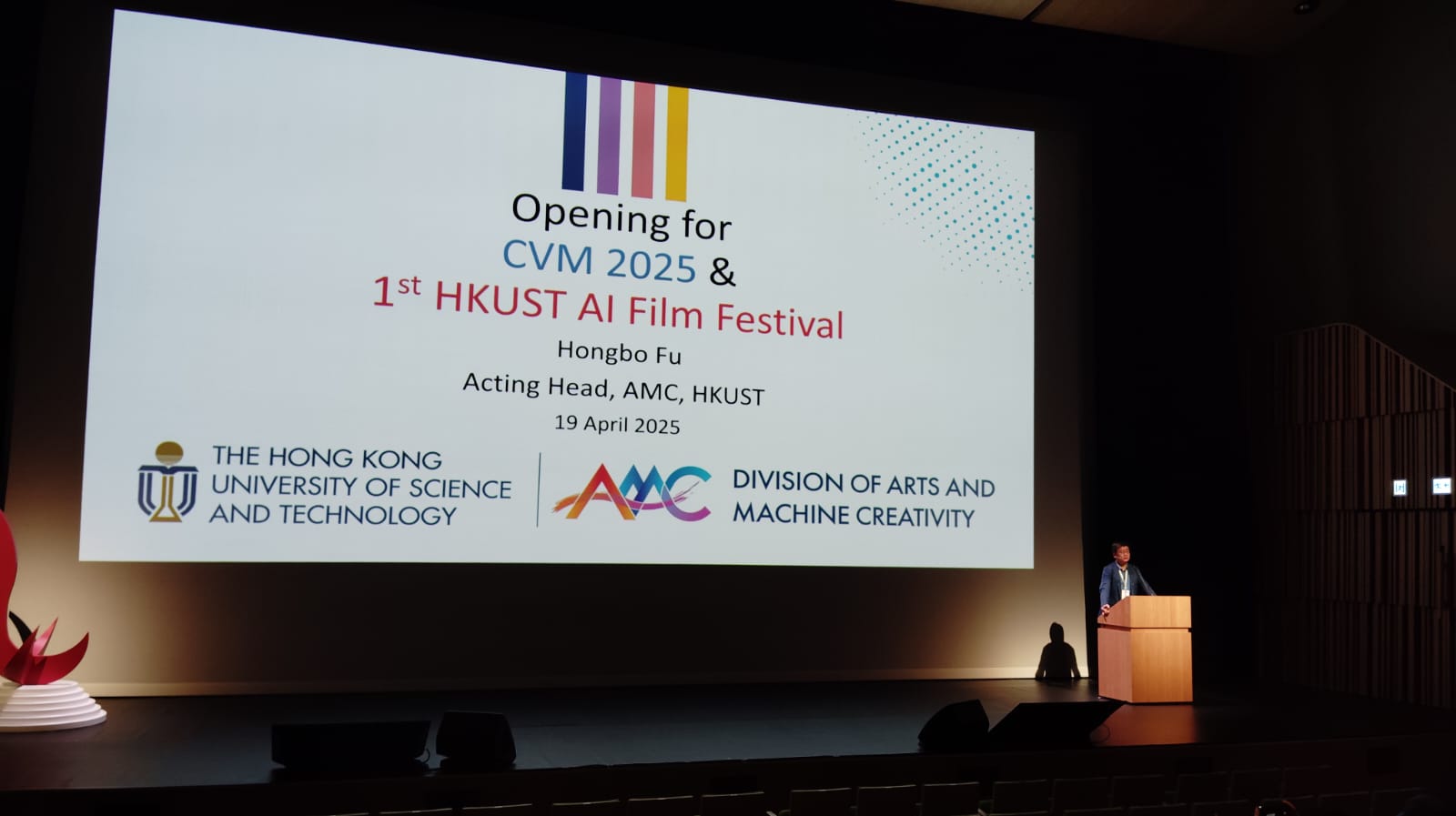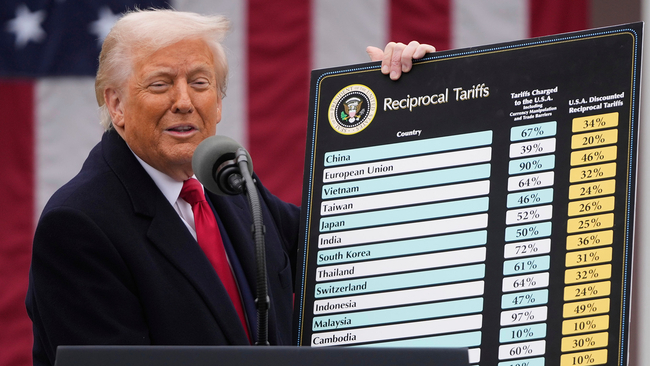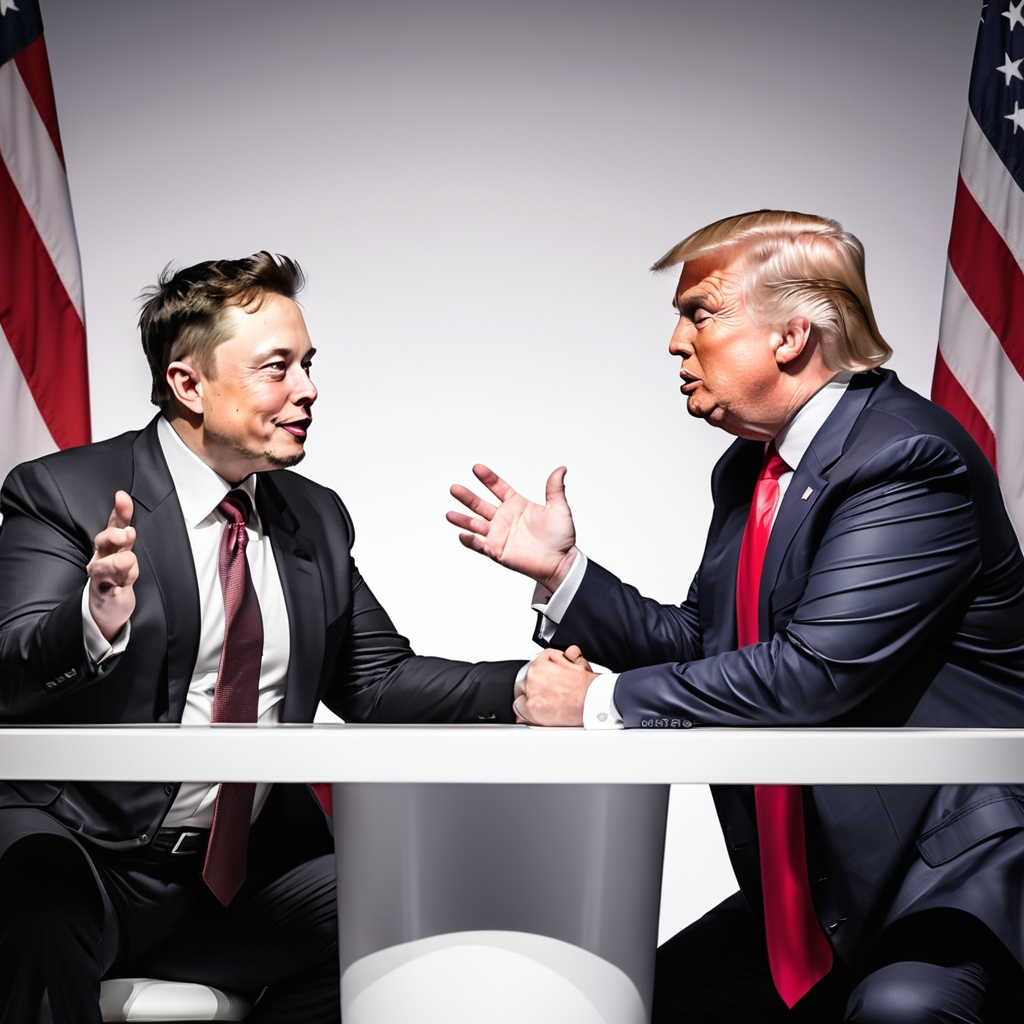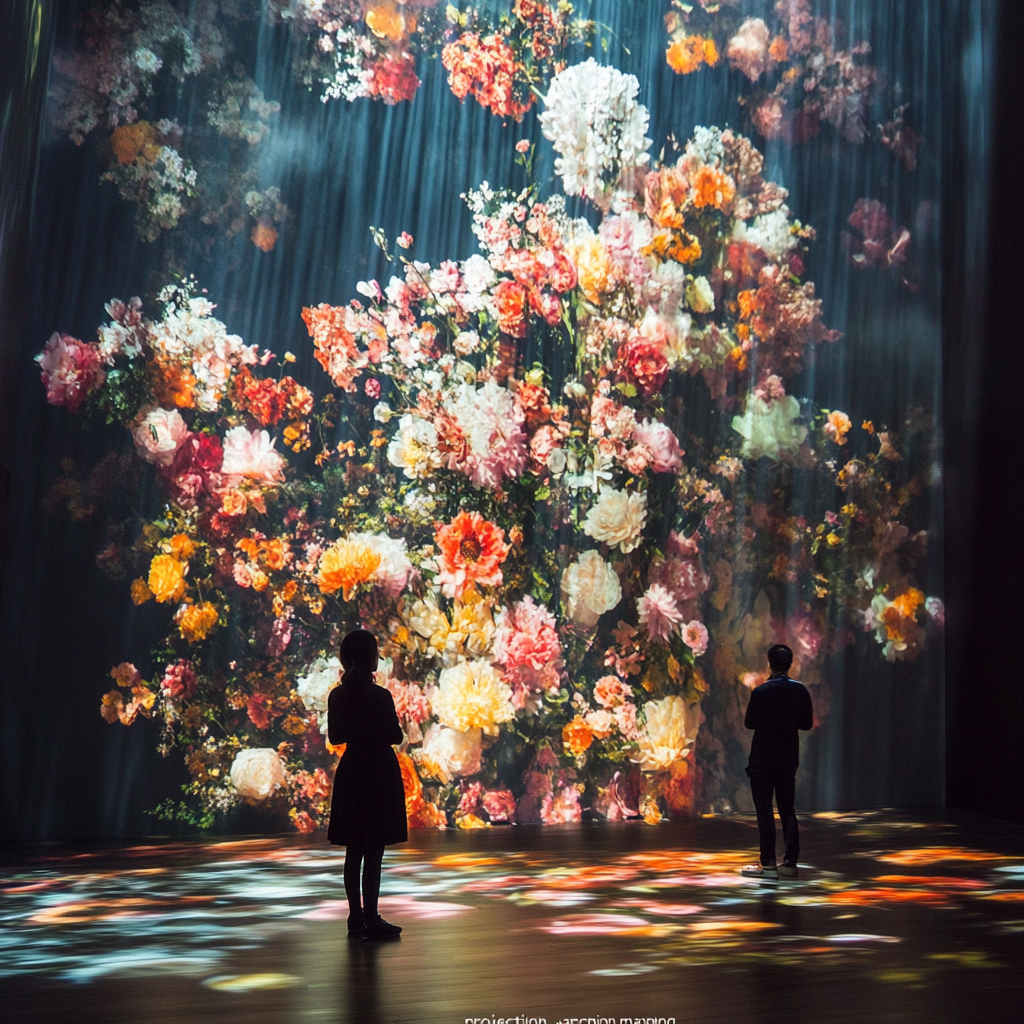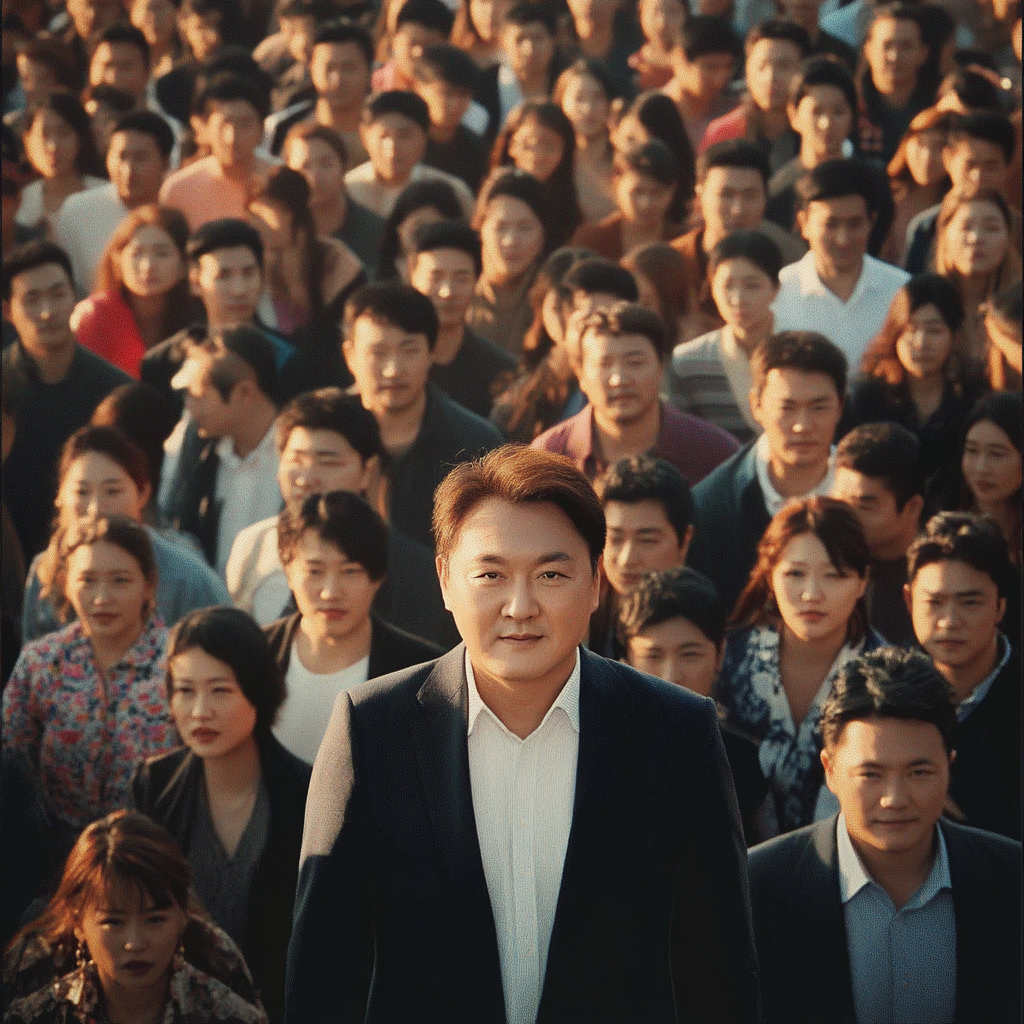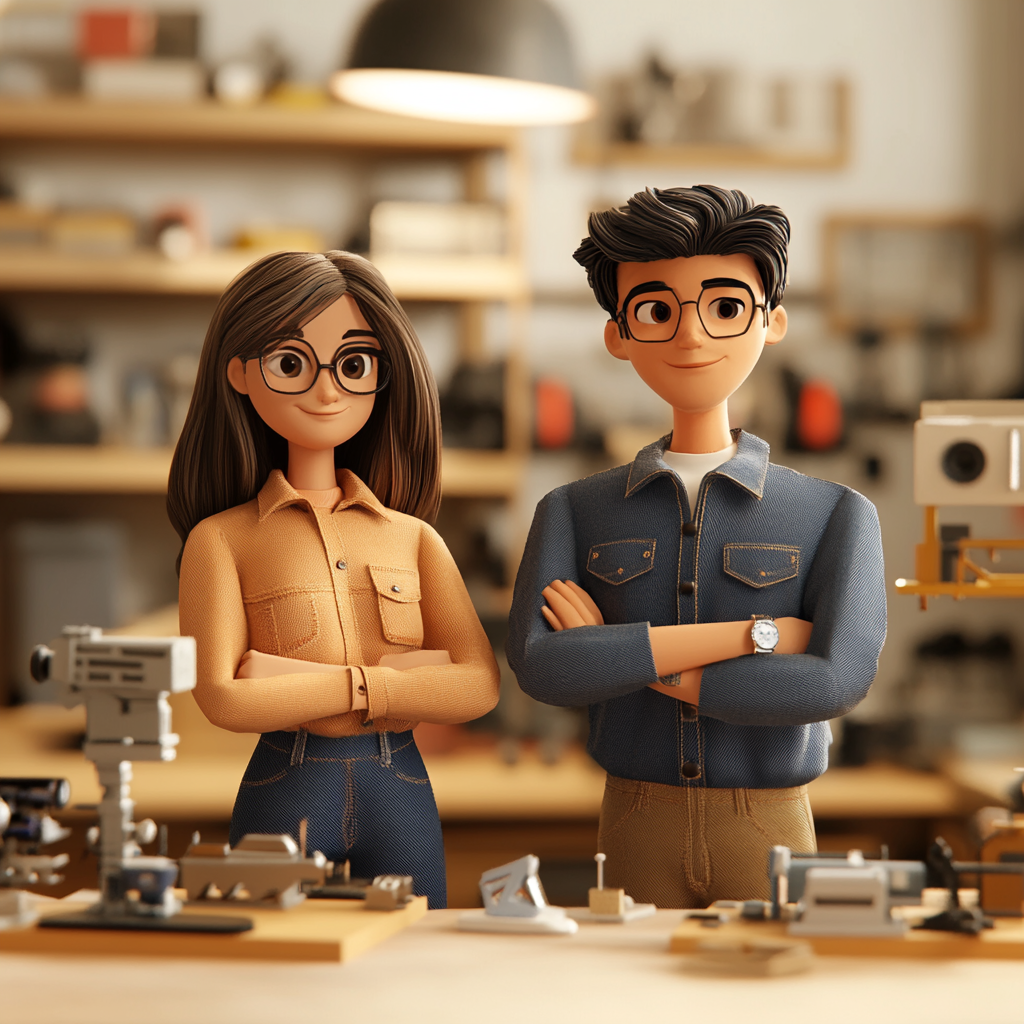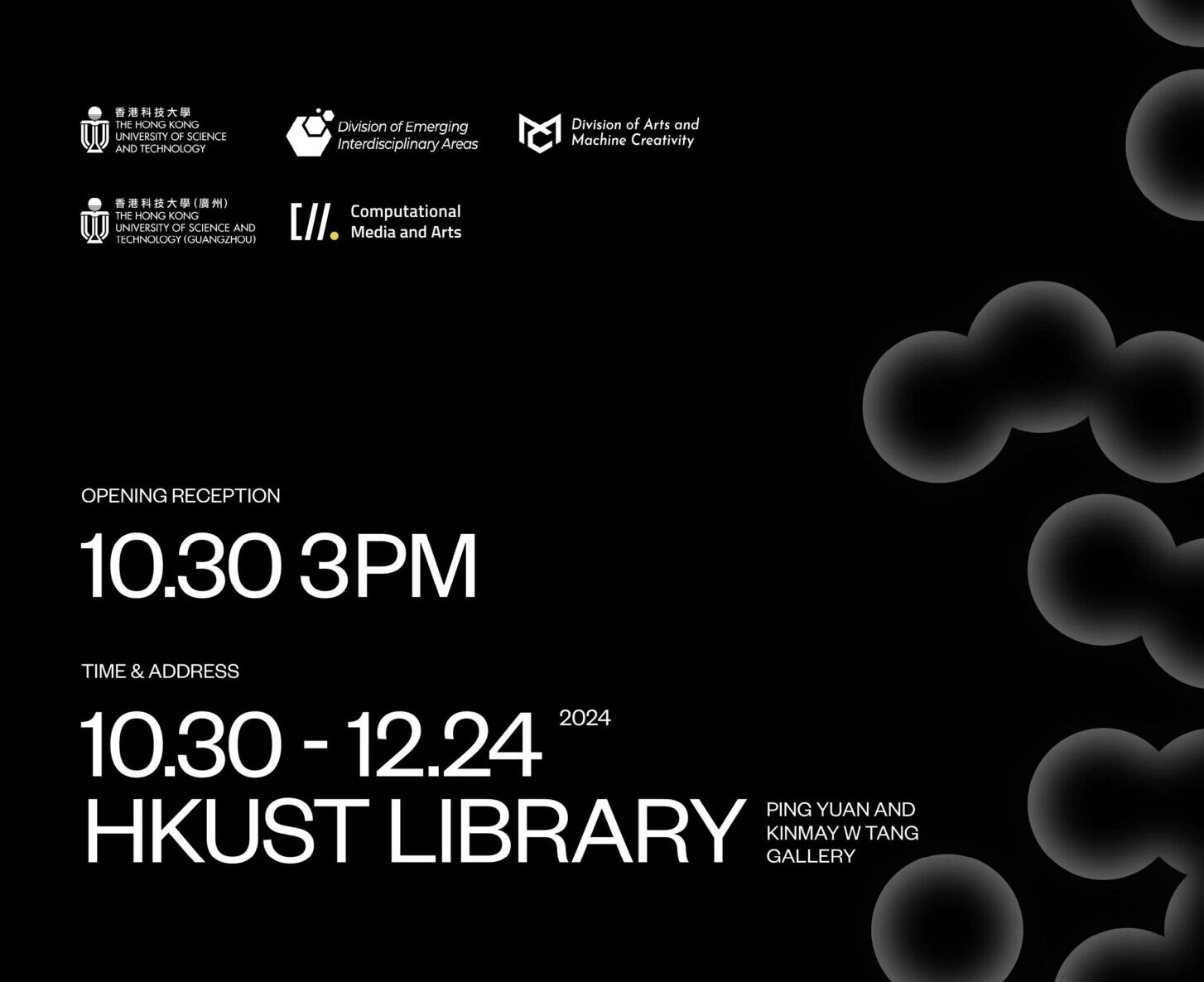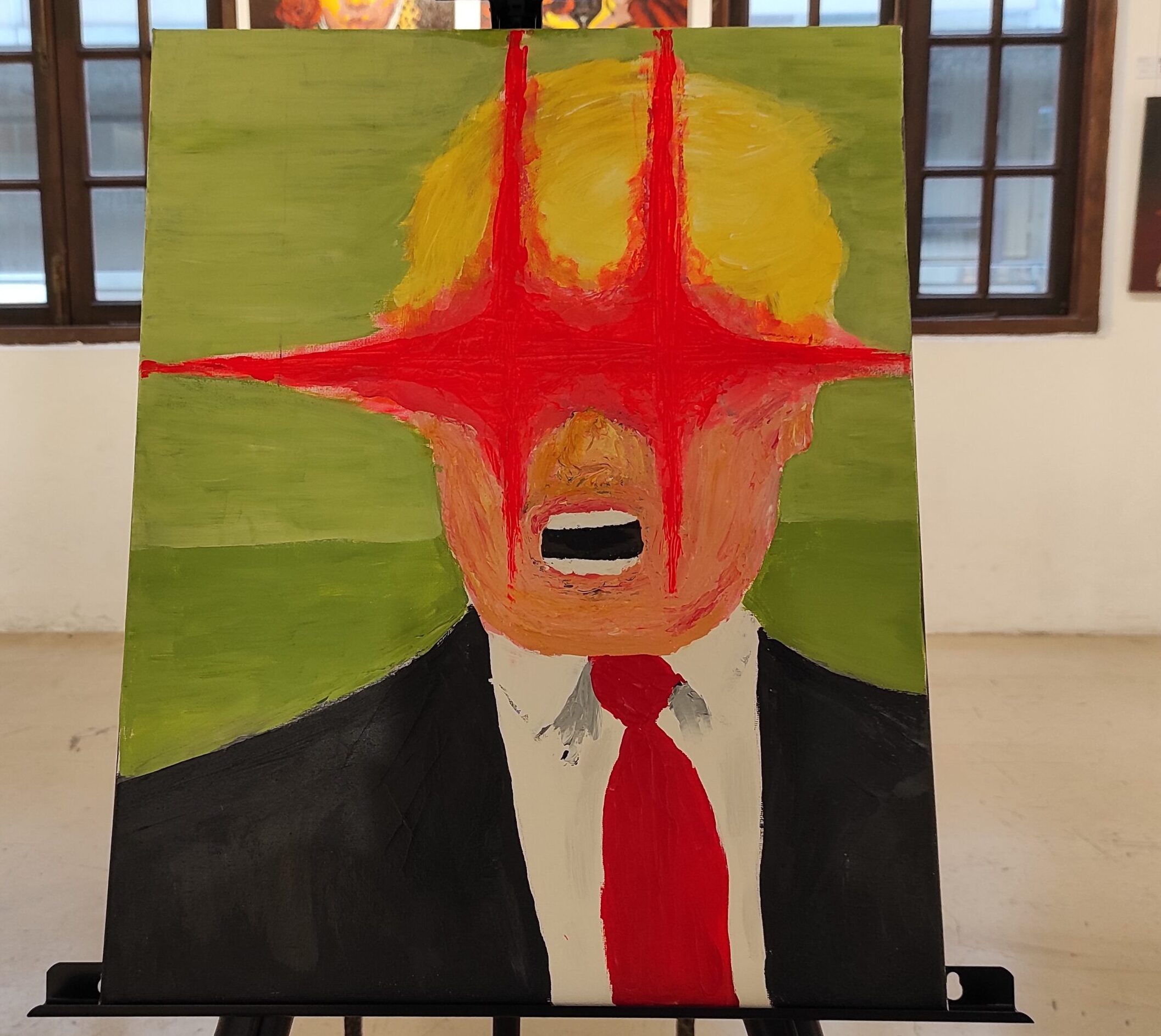Embracing Generative AI: A New Horizon for Traditional Artists
Art Tech x AI Post no. 1
Introduction
The advent of generative artificial intelligence (AI) has revolutionized various fields, and the world of art is no exception. Traditional artists now have an unprecedented opportunity to leverage this technology to create digital variants or derivatives of their original works. This blog post explores how generative AI can serve as a powerful tool for traditional artists, enhancing their creative processes and expanding their artistic horizons.
Generative AI: The Catalyst for Artistic Evolution
Generative AI, a branch of artificial intelligence, encompasses algorithms that can generate new content by learning from existing data. For artists, this means that their traditional artworks can be transformed into digital masterpieces through the use of neural networks and deep learning models. These models analyze vast repositories of artistic data to discern intricate patterns, styles, and semantic relationships, pushing the boundaries of human creativity.
How Traditional Artists Can Benefit
- Enhanced Creativity: By submitting their original artworks to generative AI systems, traditional artists can explore new creative possibilities. The AI can generate multiple digital variants, each with unique styles and elements, providing artists with fresh perspectives and ideas.
- Time Efficiency: Generative AI can automate the process of creating digital derivatives, saving artists significant time and effort. This allows them to focus more on their core creative activities.
- Broader Audience Reach: Digital variants of traditional artworks can be easily shared and distributed online, reaching a global audience. This can enhance the visibility and recognition of traditional artists in the digital art community.
The Process: From Traditional to Digital
- Submission of Original Artwork: Artists begin by submitting their traditional artworks to a generative AI platform. This can be done by scanning or photographing the physical pieces.
- Data Processing and Training: The AI system processes the submitted artwork, analyzing its patterns, styles, and elements. It then uses this data to train its models, learning to generate new content based on the artist’s unique style.
- Generation of Digital Variants: Once trained, the AI can generate multiple digital variants of the original artwork. These variants can range from subtle modifications to entirely new creations, all inspired by the artist’s original work.
Ethical Considerations
While the integration of generative AI in art offers exciting opportunities, it also raises important ethical considerations. The collection and usage of artistic data must be done ethically, ensuring privacy rights and consent. Additionally, the impact of AI-generated art on the livelihoods of traditional artists must be carefully considered.
Conclusion
Generative AI presents a transformative opportunity for traditional artists to expand their creative horizons and reach new audiences. By embracing this technology, artists can create innovative digital variants of their original works, enhancing their artistic expression and efficiency. As we navigate this new frontier, it is crucial to address the ethical implications and ensure that the integration of AI in art benefits all stakeholders.
